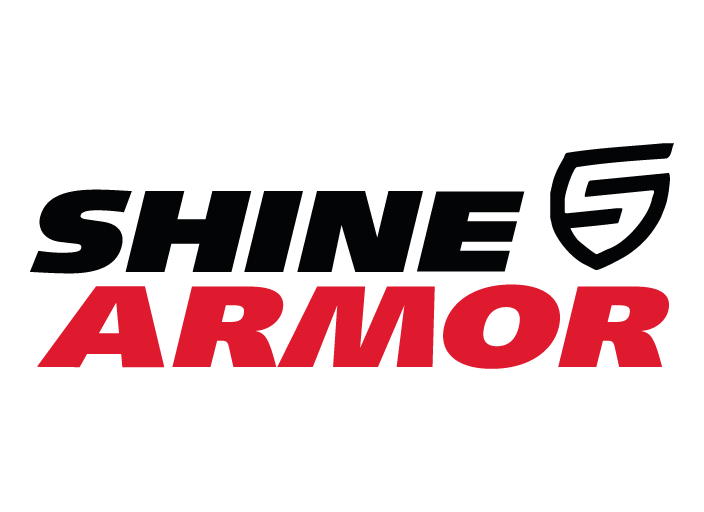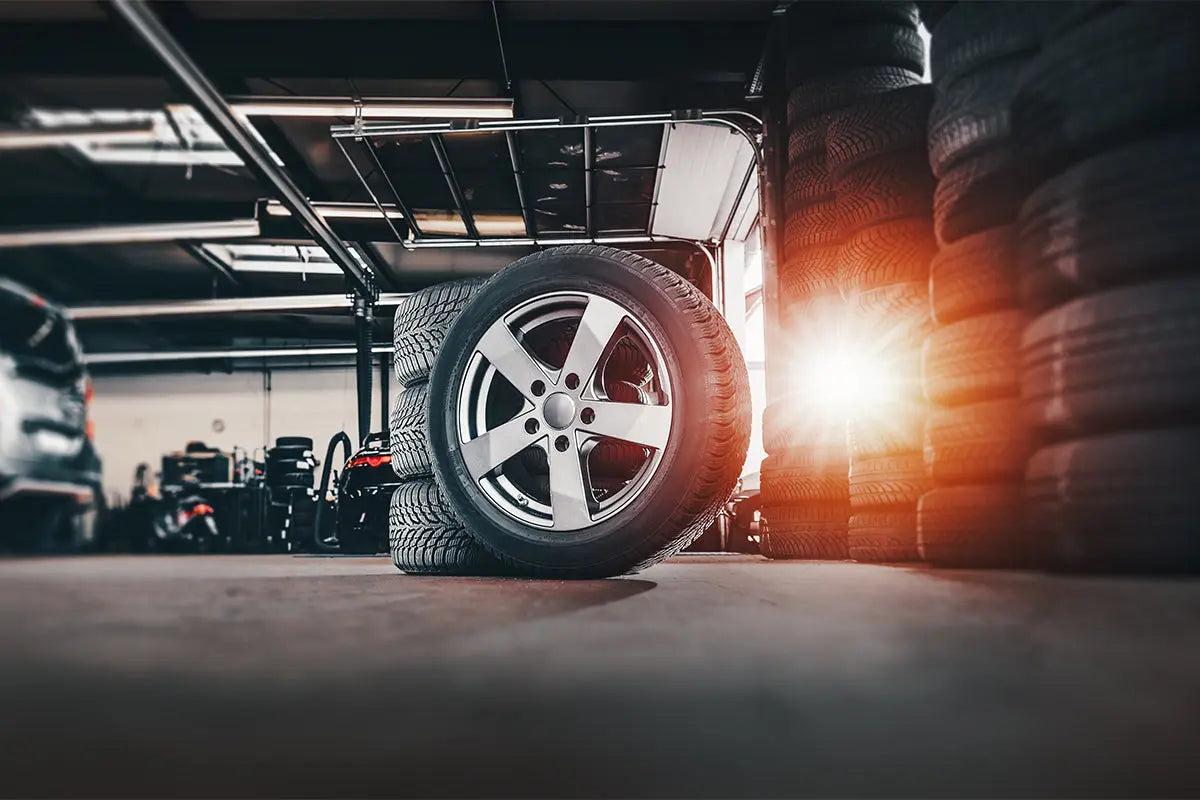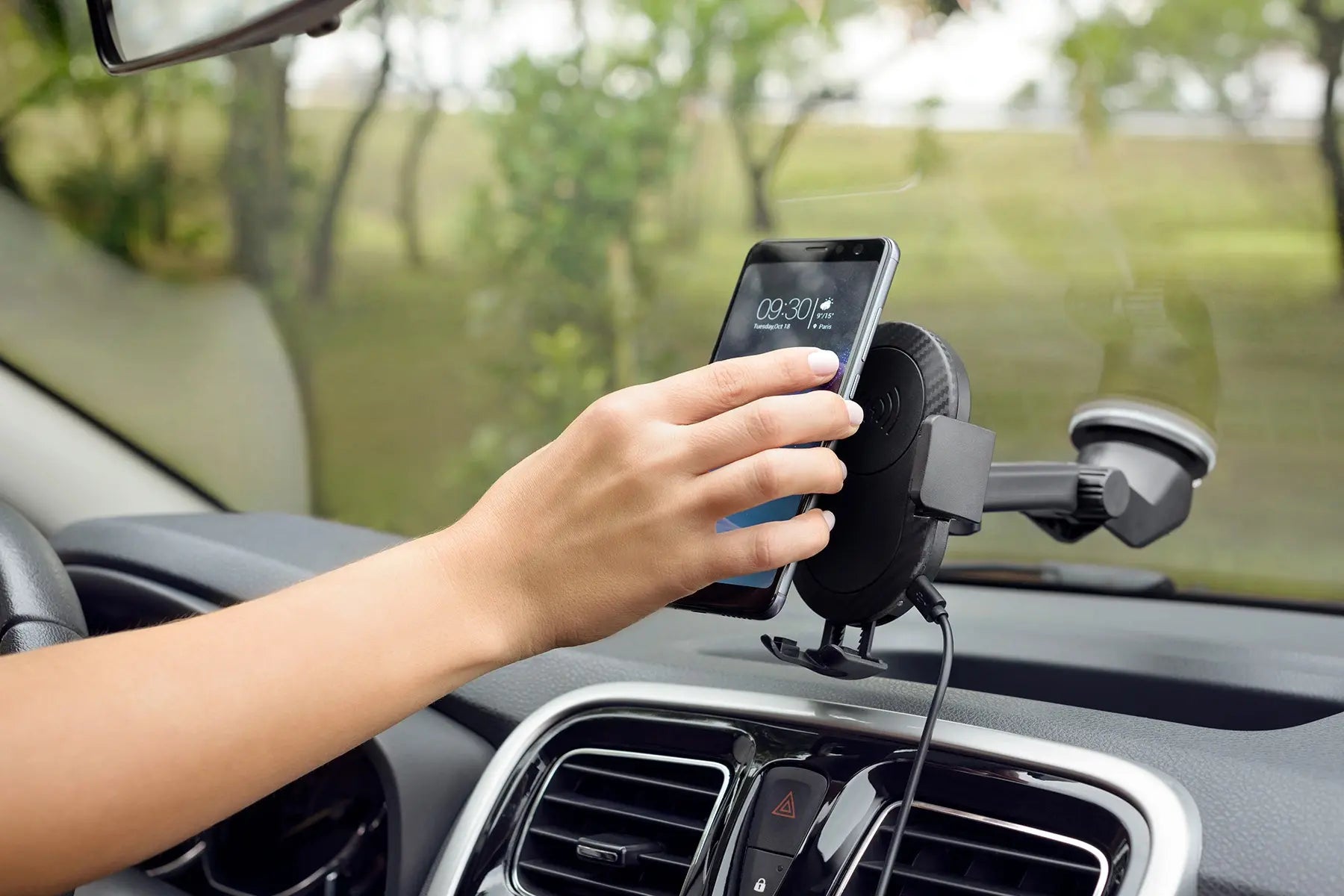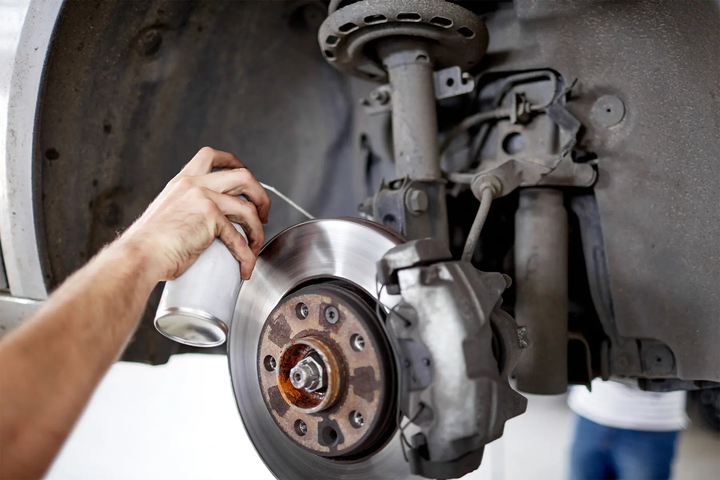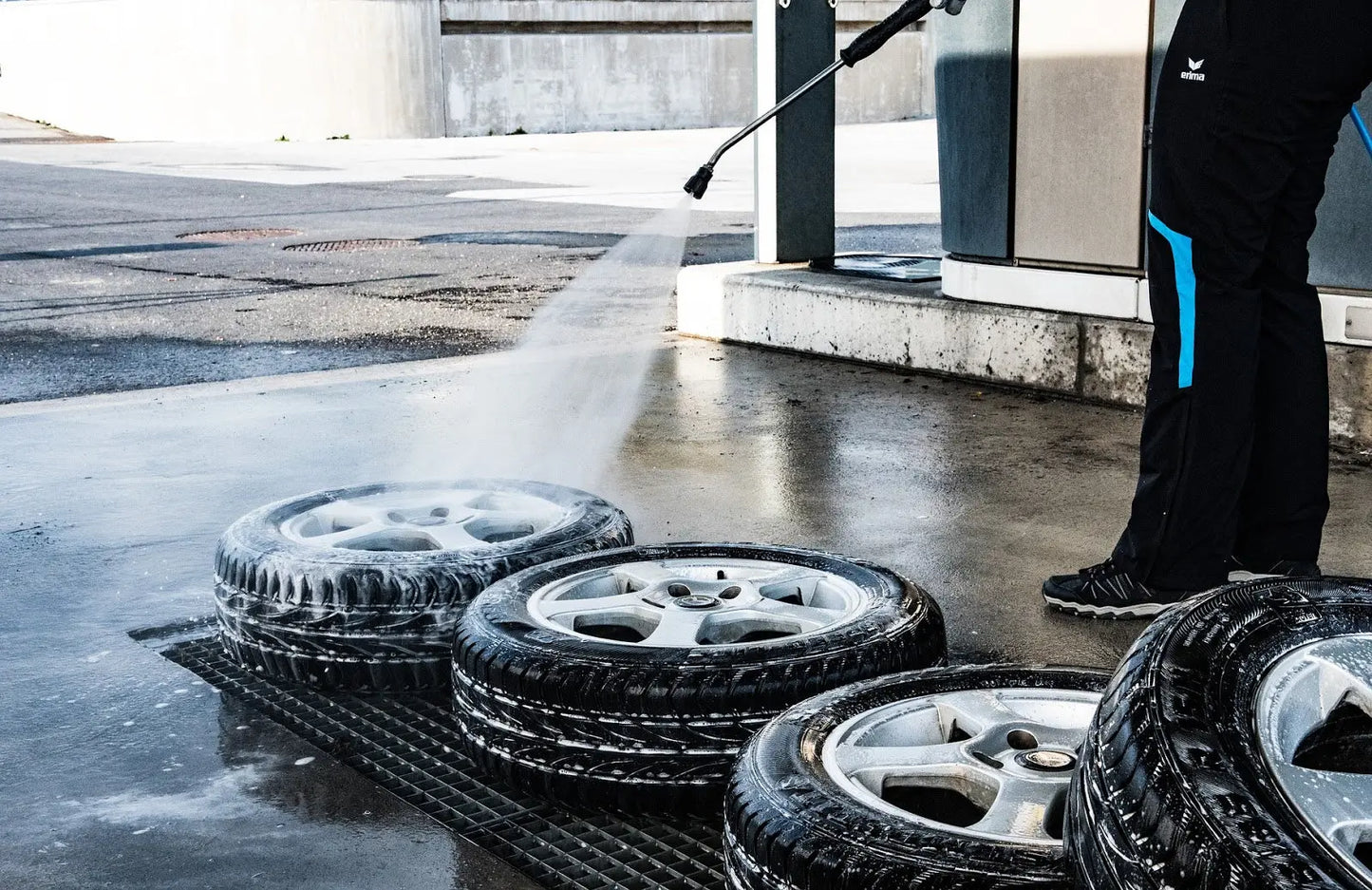
While correcting scratches on your vehicles paint may be an easy repair, can the same be said about your metal components?
Components such as your bumpers and rims receive a ton of abuse as you drive down the road, taking the impacts from weather, pebbles, and other road debris.
Thankfully, there are some easy ways you can repair scratched rims without breaking the bank with the help of high-quality car detailing products. Read on to learn more in this article of shine armor blog!
Related car detailing products:
- Graphene Ceramic Spray
- Fortify Quick Coat
- Revive Car Scratch Remover
- Graphene Ceramic Nano Glass Coating
- Anti-Fog Hero
- Car Upholstery and Interior Cleaner
“Rims” or “Wheels?”
Alright, let’s get to the bottom of the wheel or rim statement quickly. You’ll hear a lot of people say they aren’t rims, they are called “wheels,” and that’s not always true. A wheel is the entire assembly, including the spokes, lug face, and the rim.
The rim is the outer surface that is closest to the tire.
So as you read and see the two terms used, they are often interchangeable simply due to the care being the same.
Wheel Finishes
It’s important to note that not all finishes are treated the same, and you need to know what you have in order to fix your scratches. Various polishes and treatments are designed for very specific surfaces, and it’s important to be confident in what you own.
Read this article: What is a Good Substitute for Car Wash Soap?
Painted Rims
Common on many vehicles are painted rims, using a similar method to your car’s body. While this is a great way to add color to your car, many manufacturers have found popularity in black or silver paints.
Compared to some other coatings, this is easy to apply especially in mass productions, and quite cost effective. Painted rims can be either steel or aluminum.
Repairing Painted Scratches
With the paint being similar to your vehicle, the repairs will be similar as well. You first want to visually determine the depth of the scratch, determining if it has remained in the clear as a shallow scratch, or if it has etched deeper and must be repaired as a deep scratch.
When repairing shallow scratches, the area can often be treated with a scratch remover, known as a cutting compound. This will be applied with an applicator pad, massaged into the area removing small amounts of the surface clear, one wiped clean with a quality microfiber towel.
For deep scratch repair, it’s important to set an expectation for the repair. One option for deep scratches is to fill the area with a clear coat pen, removing much of the visual damage, and finishing the area with wet sanding or a cutting compound, while other options include sending the wheel off for paint correction.
Either way, it’s important to correct this damage sooner than later, before rust or oxidation begins.
Read this article: Why is My Car Making a Whining Noise?
Powder Coated
A growing option, especially for aftermarket wheels, is powder coating. Applied as a powder, the piece and particles are magnetized causing them to attract and stick together, then put in an oven and heated till the powder melts into a liquid. This application is known for getting into the nooks and crannies, and applies quite evenly.
Powder coating is quite tough, making it a great option for these high wear items.
Repairing Powder Coating
When looking at a powder coated surface up close, you will find the surface isn’t super smooth like paint. It often has a texture known as orange peel, and sanding or using cutting compounds could remove some of this texture, causing a visual difference.
There is also no clear coat over your powder coat, and for this reason is a good option for color matching paint pens. There are a lot of variations of paint colors out there, one company estimating more than 60,000 variations of standard colors can be found on the market. Using a black that differs from the black on your vehicle will cause an eyesore often worse than the scratch itself.
Read this article: How Much Oil Does My Car Need?
As you’ve read through our articles here at Shine Armor, we often discourage using colored pens since adding color on top of your clear paint looks, well, less than ideal. A single stage, or paint without clear is the only exception to this.
Shop by category:
Polished Metals
A great option for metal surfaces is to polish the metal itself. This can be found primarily with aluminum rims due to its natural rust resistance, but can sometimes be found with steel.
This involves sanding the surfaces to a near mirror finish, then adding a protective layer over the top such as a polish or sealant.
Repairing Polished Metals
When repairing polished metal surfaces, it’s important to take things slowly. For surface scratches, you will be using a polish that’s specific to your metal type. Aluminum polishes are designed to clean and protect aluminum, and shouldn’t be used on steel, and vise-versa
For deep scratches, you may need to wet sand the area depending the depth of damage. For deep scratches you will often start with an 800 grit wet paper, and finishing with 2000 grit or more. Once you’ve reached 2000, you will work your way back through the polishes to get a mirror finish.
Read this article: How to Know if Your Car is Leaking Coolant and What to Do About It
If issues are left alone, over time rust and oxidation will cause pitting, which damages the surface of the metal. Pitting is not simply removed, while surface pitting can be reduced, deep pitting can cause risk to the wheels structure.
Chromed Finishes
A popular option for wheels and bumpers for decades has been chroming. To chrome a product, it involves a chemical acid bath and application process creating an extremely hard, resistant surface.
While these high gloss surfaces are a great sight, having items chromed is expensive, meaning you should maintain your finish. Polishing is the primary defense with chrome wheels, since the coating is hardened the surfaces are known to get minor scratches.
You can use high grit sandpaper lightly with chroming, but with this being a multi-layer process -- sanding too deep could cause damage.
How to Repair Curb Rash on Any Wheel Rim: Step-by-Step Guide
Curb rash is a common problem that most car owners face. It is caused by rubbing the wheels against curbs while driving or parking. This problem not only looks unsightly but can also lead to bigger issues like wheel damage and tire puncture. However, the good news is that you don't have to replace your entire wheel as there are ways to repair it. In this article, we will guide you through a step-by-step process of repairing curb rash on any wheel rim.
Step 1: Clean the Damaged Area The first step in repairing curb rash is to clean the damaged area thoroughly. Use a tire cleaner or degreaser to remove any dirt, grime, or brake dust from the wheel. Ensure that the surface is completely dry before moving to the next step.
Step 2: Sanding the Damage Once the wheel is clean and dry, use sandpaper to sand the damaged area. Begin with a coarse-grit sandpaper (60 to 80-grit) to remove any sharp edges, chips, or rough spots. Then move to a finer grit sandpaper (120 to 220-grit) to smooth out the surface. Make sure to sand the surrounding areas too if necessary, to ensure an even finish.
Step 3: Fill in the Damage After sanding, apply a small amount of filler to the damaged area using a putty knife. You can purchase a filler specifically designed for wheels, which has similar properties to the metal of the wheel itself. Spread the filler thinly and evenly over the damaged area, covering all cracks, chips, and scratches. Allow the filler to dry according to the product's instructions.
Step 4: Sanding the Filler Once the filler has dried, use sandpaper to smooth out the surface. Start with a coarser-grit sandpaper (120 to 220-grit) and work your way up to a finer grit (400 to 600-grit) until the surface is smooth and level with the rest of the wheel.
Step 5: Painting the Repaired Area After the filler has been sanded down to a smooth finish, it's time to paint the repaired area. Get a can of wheel spray paint that matches the color of your wheel. Shake the can well before use, and then spray a light coat of paint over the filled area. Don't try to cover the entire wheel; just focus on the damaged area for now. Allow the paint to dry according to the manufacturer's instructions, then apply another coat if necessary.
Step 6: Apply a Clear Coat Once you're satisfied with the painted repair, let it dry completely. Then apply a clear coat to protect the paint from chipping or fading. Spray a light coat of clear coat over the painted area, following the same process used for the paint. Allow the clear coat to dry as per the product's instructions before handling the wheel.
Read this article: Touchless car wash good or bad: Effects of touchless car washes
Summary
Clean wheels are a great way to let your car truly shine in the sunlight, while dull rims could take away from your clean look. Repairing these scratches can reduce the eyesore, and stop corrosion and rust in their tracks.
Repairing scratches can be time consuming or costly. Adding protective coatings such as those from Shine Armor can protect your surfaces for years to come, maintaining that deep shine and reducing the risk of damage.
Understanding your surface will allow you to take control of all of your car's needs and imperfections, and growing your vehicle knowledge, you will become a true at-home-pro!
